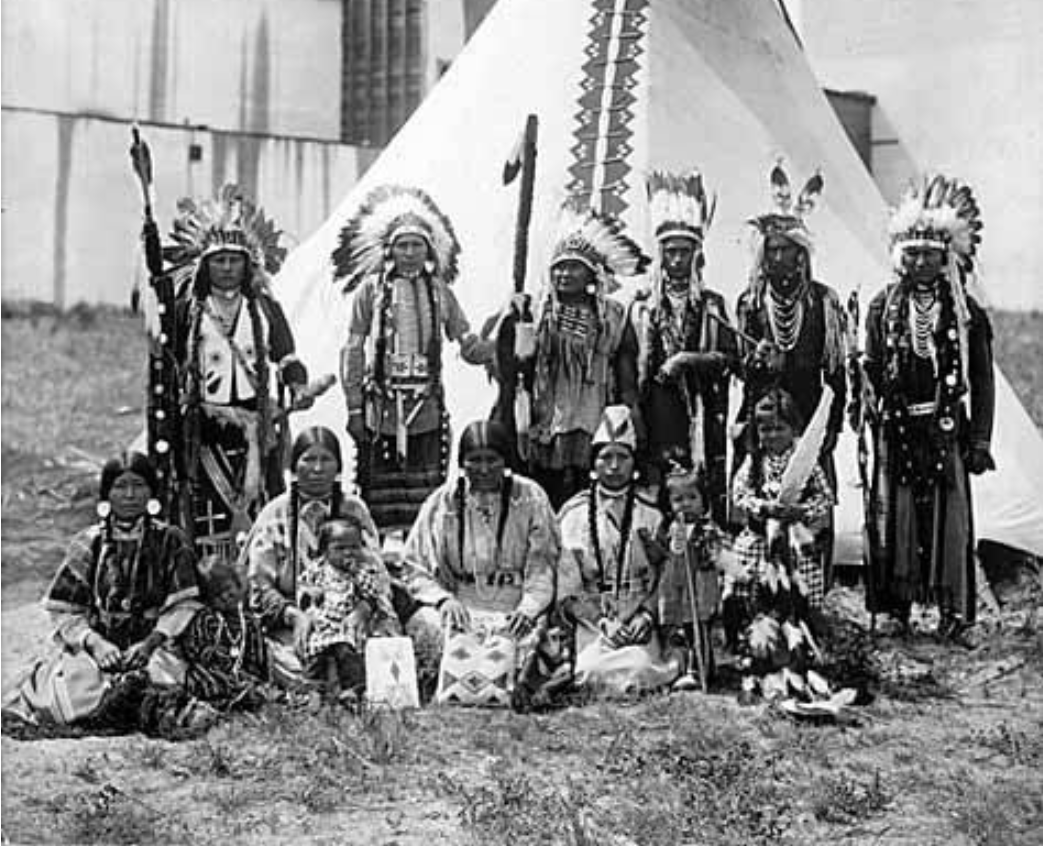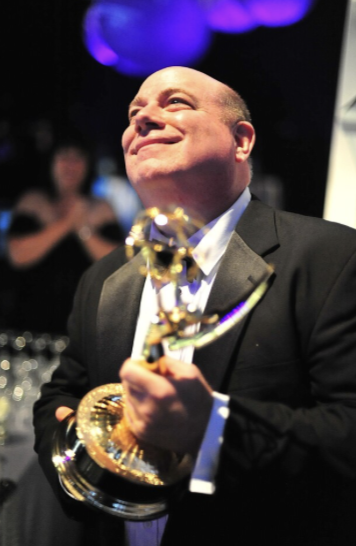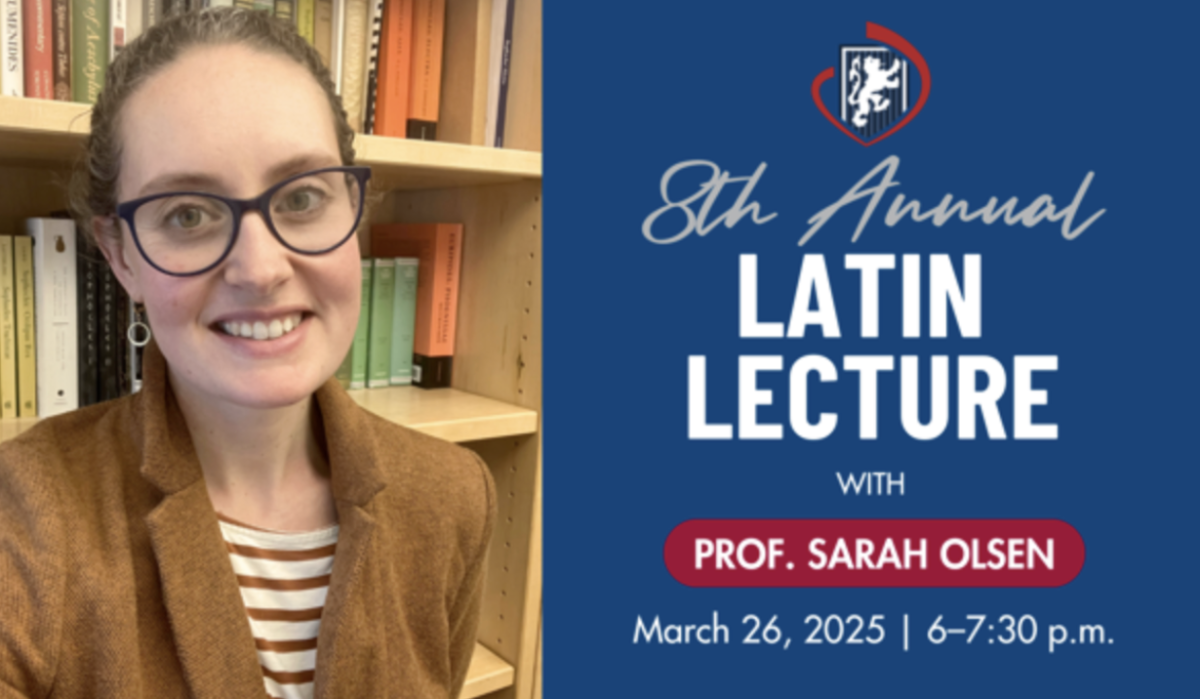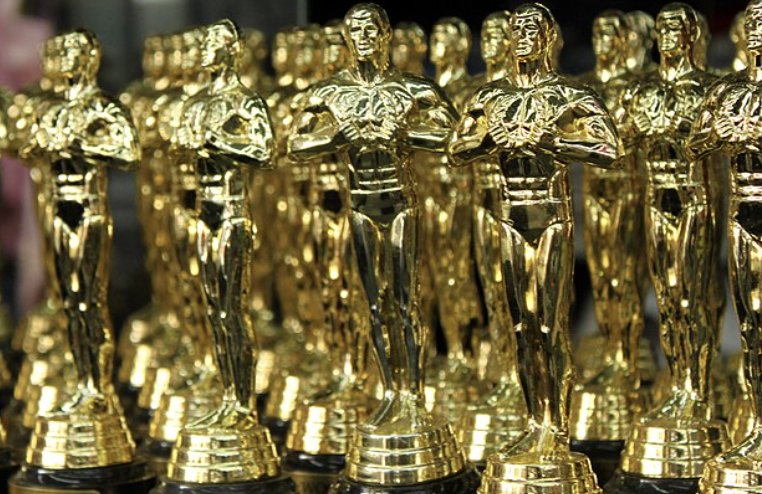
Meghan Helms
Asst. A & E Editor
It does not snow when winter comes to San Francisco — except on December evenings at The War Memorial Opera House where snowflakes dance in Helgi Tomasson’s Nutcracker.
Seat cushions offering slight seat elevation for children line the back walls of the theater. Bartenders serve hot chocolate to the young members of the audience, dressed up in their holiday best for a single night at the ballet.
The ballet begins at the eye-patch wearing Uncle Drosselmeyer’s, played by Val Caniparoli, toyshop in “The Jewel City,” San Francisco of 1915 — a perfect setting to draw in an audience of mostly children. As the show progresses with Drosselmeyer’s visit to Clara and her family’s home, magic manifests itself in a life-size dancing jack-in-the-box, a mechanical ballerina and of course, the Nutcracker.
The sets, designed by Michael Yeargan, are simple but powerful. Clara’s house is comprised of a fireplace, bookshelf, stairs and windows — strongly illustrating the time period while grounding the dance in a suitable environment.
After Clara and her family end their Christmas festivities and retire for bed, Clara sneaks back downstairs to sleep with her beloved Nutcracker. As she falls asleep, Droselmeyer take control of the stage with a fantastic transformation of Clara’s home into an oversized magical wonderland and the Nutcracker undergoes a metamorphosis into a living figure.
The ensuing battle between the mice and Nutcracker is visually frightening as the Mouse King and the Nutcracker duel. Toy soldiers roll out and fire a miniature cannon that makes a loud “Pop!” to stir the audience. Although good, the Mouse King, danced by Aaron Orza, lacks the dramatic intensity of past Mouse Kings.
Together, Clara and the Nutcracker-turned-Prince with the removal of his wooden head — revealing a bad hair day — travel to the Land of Snow where they are welcomed with a dance by the Snow King and Queen. The snowstorm levels of snow falling during the Waltz of the Snowflakes adds to the awe-inspiring nature of the dance as the Snow Queen turns and white flakes spin off her skirt.
The audience leaves the land of snow for the Intermission and returns to the snowless gardens of the Crystal Palace where ladybugs, dragonflies and butterflies dance in celebration of their guest, Clara and the Nutcracker prince return to the stage with smoothed down hair.
Classically-trained ballerinas dance in Spanish skirts under giant black fans and a ballerina-turned-Arabian dancer elegantly slithers out of an impossibly small lamp on pointe but in Arab garb.
The Spanish dancers are almost lost in the folds of their long white skirts, long in ballet standards —loosing their ballet foundations.
Geared for younger children with its softening of classical undertones visible in some of the costumes, Nutcracker is enjoyable for all ages who enjoy music and dancing with a good story line.
The Russian dancers are always a crowd pleaser with their dramatic entrance from paper-covered eggs. The lively music and high jumps and turns inspire the audience to “Aww” and clap enthusiastically.
The story reaches its pinnacle with the transformation of Clara from the graceful but granted somewhat gangly preteen to the beautifully elegant Sugar Plum Fairy, leading up to the Grand Pas de Deux with the Nutcracker prince. Here, the music, dancing and story return to their ballet roots with classic costumes and music irreplaceable by acting.
And just like that, all of the ballerinas come out and dance their goodbyes before the sleeping Clara returns to her house and called upstairs to bed by her mother. She may never realize, but the audience knows that Nutcracker was not just a dream. If it was, it’s worth dreaming again.
The Nutcracker plays at the War Memorial Opera House through Dec. 27th. Tickets are $18 to $236. This year’s performance features SF Ballet students attending CSH, Caroline Hearst, Lauren Hawkins and Caroline Echerd. For more information on tickets, see http://www.sfballet.org .








